12 Classic Novels by Women Authors That Make Great Book Club Selections
By Grace Carter | On February 16, 2019 | Updated March 28, 2021 | Comments (0)
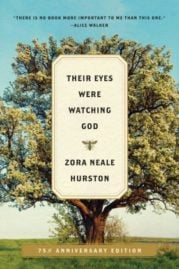
Most often, book clubs (aka book groups) choose recent publications for discussion, many straight off the current bestseller list. And this is understandable, given all the great books coming out. It’s hard enough to keep up with all the new publications, but can we make the case for discussions of classic literature by women authors?
Some suggestions in this post are by authors of the past that are still well known, while others have fallen under the literary radar. Either way, these novels make for fantastic reading and stimulating discussion. Books remain classics for a reason, after all.
With universal themes of what it means to be a woman — and what it means to be human — these great stories are timeless.
Has your book group read any great classic novels by women authors? If so, please comment below. For more ideas, see 12 Lesser Known Classic Women Novelists Worth Rediscovering, and more Themes and Tips for a Successful Book Club.
. . . . . . . . . .
The Awakening by Kate Chopin (1899)
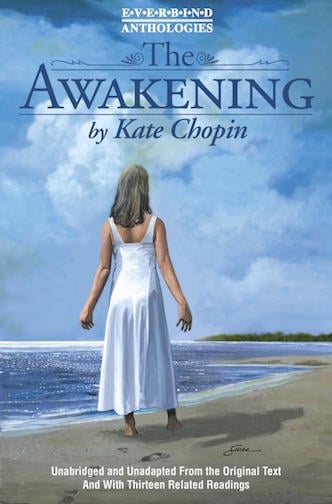
This groundbreaking novella by Kate Chopin tells the story of a young mother who undergoes a dramatic period of change as she “awakens” to the restrictions of her traditional societal role and to her potential as a woman.
According to professor Sarah Wyman’s analysis of The Awakening, the book “came under immediate attack when published and was banned from bookstores and libraries. The author died virtually forgotten, yet The Awakening has been rediscovered and holds a secure and prominent position as a watershed text in U.S. literature and feminist studies.”
We highly recommend this brief yet impactful book.
. . . . . . . . . .
My Brilliant Career by Miles Franklin (1901)

My Brilliant Career was the first novel by Australian author Miles Franklin, written while she was still in her teens. The protagonist, Sybylla Melvyn, is an imaginative and tomboyish figure who is sent to live with her grandmother. She meets a man named Harold Beecham, whose attempts to court her are met with stubborn refusal.
Sybilla is determined to become a writer. Will she ever achieve the “brilliant career” that she aspires to? Readers are left to ponder the possibility for themselves, for the story is open-ended.
This coming-of-age story is touching, funny, and sad, in turns. It’s a wonderful feminist novel by a talented writer who dedicated her life to women’s issues.
. . . . . . . . . .
My Antonia by Willa Cather (1918)
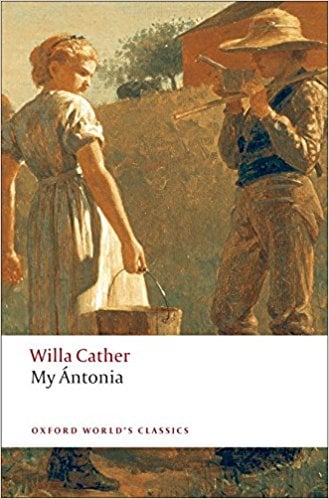
Willa Cather is truly one of the masters of American literature and ought to be read more, both by students and general readers who appreciate great writing. My Antonia one of several masterpieces from this writer’s pen.
Antonia is the daughter of an unhappy Bohemian immigrant, who brings his family to Nebraska to face the harsh conditions on the prairie. Antonia has an incredible talent for telling stories and a heroic capacity for love and resilience. She endures an unhappy marriage and has eleven children.
A book that’s both beautiful and simple, it tells the story about a unique woman who is central to a giving community and its fascinating cast of characters.
. . . . . . . . . .
Show Boat by Edna Ferber (1926)

Show Boat was one of many sprawling novels by Edna Ferber. Despite the enormous success she enjoyed during her lifetime — many of her novels became major films and Broadway shows — she is rarely read today.
Ferber explored social justice themes in her big page-turners, many of which are sadly still relevant today. She also favored strong female characters — a big plus for today’s women’s book clubs.
All of this is true for Show Boat, which tells the story of three generations of performers on a floating theater, the Cotton Blossom. Ferber delicately weaves in what was then a controversial topic — interracial marriage — through Julie, one of the main characters. Show Boat is a fascinating look at riverboat theater in the 1870s, a forgotten slice of American history.
. . . . . . . . . .
Passing by Nella Larsen (1929)

Passing is a slim but impactful novel from the late Harlem Renaissance era. One of only two novels by Nella Larsen, it features two mixed-race characters, Clare Kendry Bellew and Irene Westover Redfield, who choose their racial identities.
At the time when the story took place, those like Clare who chose to “pass” were able to enjoy white privilege when they change their environments and social structures.
Larsen managed to reduce the difference between her white and black characters to material differences, and though the theme of “passing” was not an unusual one for its time, this novel was considered a remarkable literary achievement. Because race and identity are still much-discussed topics, Passing still feels fresh and relevant.
. . . . . . . . . .
Their Eyes Were Watching God by Zora Neale Hurston (1937)
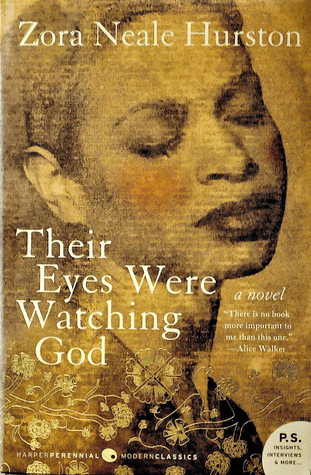
Zora Neale Hurston’s most famous novel, Their Eyes Were Watching God tells the story of Janie and the three men she loved. She leaves her first husband because he did not love her and ends up killing her second husband after being driven to doing so by his cruelty.
When she meets “Tea Cake,” Janie finds the only true happiness she ever experiences. The story follows Janie Crawford as she matures from a voiceless teenager to a woman with greater control over her own destiny.
Their Eyes Were Watching God was always somewhat controversial, and perceptions of the novel have evolved over the decades since it was first published. Zora Neale Hurston is a writer who deserves to be read, and this is arguably the book to choose.
. . . . . . . . . .
Rebecca by Daphne du Maurier (1938)

Rebecca is a novel recounted in the first-person by a shy and diffident nameless narrator, who marries an older, enigmatic man named Maxim de Winter. Set in a castle, the book has a gothic flavor, and is where the memory of Maxim’s deceased first wife, Rebecca casts a long shadow.
Though Daphne du Maurier was an incredibly prolific novelist and short story writer, Rebecca is rightly considered her masterpiece. It’s often said that as an expert on the Brontë family, this book was inspired by Charlotte Brontë’s Jane Eyre. It also has some subtle autobiographical elements.
In all, a fantastic book to discuss, perhaps combined with a viewing of the 1940 film, one of the best of several screen adaptations.
. . . . . . . . . .
Pavilion of Women by Pearl S. Buck (1946)

A fantastic entry in Pearl S. Buck‘s trove of novels set in China, Pavilion of Women tells the story of Madame Wu, a pampered wife in the wealthy House of Wu.
On her fortieth birthday, she tells her husband that she wants to end their physical relationship. At her urging, the husband marries a second wife to take care of his physical needs, while Madame Wu withdraws to read, study, and live a life of the intellect.
Unintended consequences ensue, especially when Madame Wu falls in love with a priest who arrives to serve as her son’s tutor. Altogether, this touching novel is a thought-provoking meditation on love, fidelity, motherhood, and the search for the self.
. . . . . . . . . .
The Street by Ann Petry (1946)
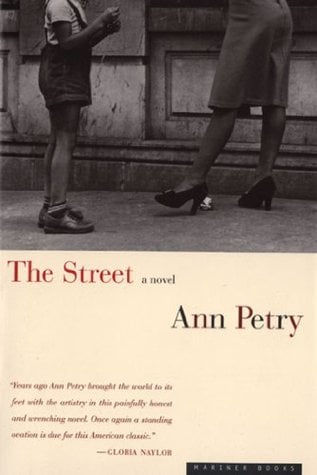
The Street tells the story of Lutie Johnson, a young black single mother who experiences racism, harassment, violence, and division in the World War II era. This mid-twentieth-century novel by Ann Petry was the first by a female African-American to sell more than a million copies (it sold a million and a half).
It’s told from multiple points of view, though mainly from the Lutie’s perspective.
Sexual competition and deception intertwine to heighten the tension in the storyline. Jones, angry that he can’t have Lutie, involves her son in petty theft. Desperation, desire, and murder figure into the climax of the story, but to say more would be to reveal spoilers! Brutal, thoughtful, and poignant, this is a novel that deserves more attention.
. . . . . . . . . .
The Price of Salt by Patricia Highsmith (1952)
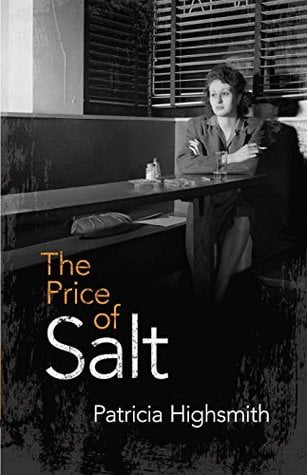
The Price of Salt is a remarkable book simply for depicting a love affair between two women in the early 1950s. Lesbian pulp novels were actually common. But until this book was published, they would only make it past censors if one of the women met an unfortunate end or realized that she preferred men, after all.
Setting itself apart from formula lesbian novels of that era, the main characters, Carol and Therese, are compelling characters, not caricatures.
Patricia Highsmith, who became better known for psychological thrillers like Strangers on a Train and the Ripley series, published this book under the assumed name Claire Morgan when it first came out. Much later, it became the basis of the 2015 film, Carol.
. . . . . . . . . .
We Have Always Lived in the Castle by Shirley Jackson (1962)
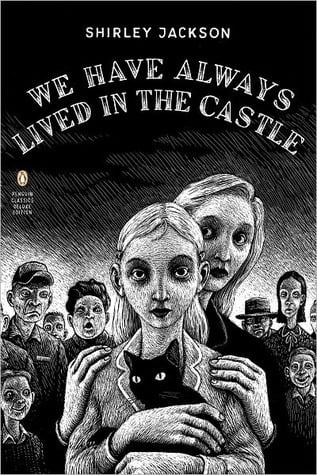
The main character and narrator of We Have Always Lived in the Castle, Merricat Blackwood, lives with her uncle and sister in an isolated estate. They are shunned by their neighbors, due to an unnamed tragedy. As the story unfolds, we learn from the uncle about what happened to the rest of the family.
This critically acclaimed novel is considered one of Shirley Jackson’s best. Like her other books, it was an inspiration to authors like Stephen King who write in the psychological terror genre. If your book club goes for thrillers, it’s a great way to appreciate a master like Jackson.
There’s quite a decent film adaptation of this slim novel, which was released in 2019.
. . . . . . . . . .
Kindred by Octavia E. Butler (1979)

Kindred examines slavery in the American South from the point of view of a black woman who travels back in time to 1815 Maryland.
Dana, the protagonist, experiences the horrors of slavery firsthand. Her repeated attempts at escape are harrowing, and her time travels allow her to meet her ancestors, who include both black slaves and their white masters.
This suspenseful novel by Octavia E. Butler is more in the realm of speculative fiction rather than science fiction, for which she’s best known. It’s the book that put this trailblazing African-American sci-fi author on the map, and rightly so. Book clubs who select this novel are in for a lively and thought-provoking discussion.
. . . . . . . . . .
Grace Carter is an English tutor and writer at Do My Assignment and Essayroo services. She helps students with assignments, reviews submissions and manages blogs. Grace is also a content manager at Literature Review Help website.
Leave a Reply